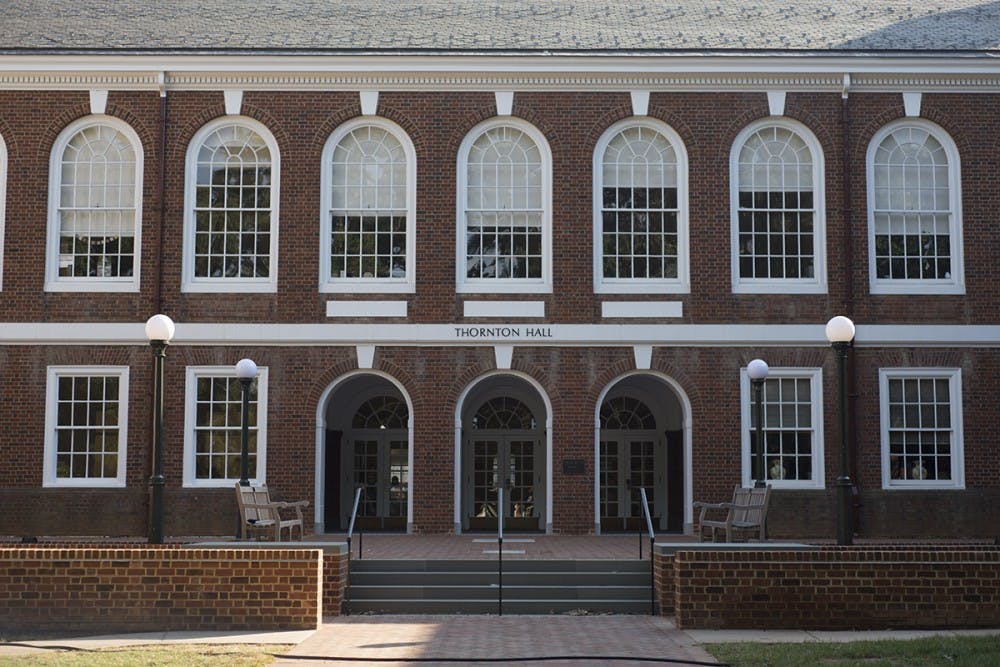The Engineering School recently made a monumental decision to remove major caps and allow any upcoming first-year to enroll in their major of choice. While certainly celebrated by upcoming first-year Engineering students, such action may have consequential ramifications which may ultimately cause them hardship. The decision to eliminate major caps will not only deleteriously affect popular majors, but will also exacerbate the discrepancy in funding across majors.
Each academic year, first-year Engineering students have to fill out an application for their desired major, which often includes a statement of interest as well as a self-reported GPA for their first semester. The application — which is due in March and its corresponding decision returned in June — significantly affects the academic trajectory of many first years. So, before the lift on major caps, students would rank their top three choices for a major and, if not accepted into their first choice, rearrange their schedule accordingly in pursuit of their second or third choice. However, the fact that all students will now be able to pursue their first choice puts all engineering departments at an awkward and unenviable position of providing sufficient resources and instruction to an unprecedented quantity of students.
In recent years, the majority of students received their first choice, though it is the students that did not that may put insurmountable strain upon popular majors and leave less popular ones with fewer students. By choosing to eliminate major enrollment caps, the Engineering School administration leaves individual departments vulnerable to an inundation of student interest. Majors like biomedical engineering, systems engineering and computer science often only take a proportion of students who list the respective disciplines as their first engineering choice. As such, students who do not make the cut supply other departments’ enrollment numbers for their quotas. Without enrollment caps, there will inevitably be a hierarchy to how each major in the Engineering School is populated. As such, some departments may not be prepared for the influx of students due to their mess of red tape, restrictions and bureaucracy that obfuscate enrollment into any of their classes. Such a statement is not meant to lambast the computer science department here at the University, but rather to show they are not equipped for any more students than their previous enrollment caps allowed.
Conversely, there are departments in the Engineering School which chronically fall short of their enrollment quotas. While an ideal system would prevent students in such majors from flocking to more popular majors without enrollment caps, odds are such a phenomenon is likely to occur. Indeed, engineering departments which do not pique a certifiable chunk of first years’ interest may find themselves with a disturbingly small Class of 2020 and with ultimately wasted resources and time allocated by faculty.
With this inevitable disparity in enrollment, there is sure to be an increase in funding of popular majors which unfortunately may encroach upon the funding of the less popular majors. The Engineering School has a finite quantity of fiscal resources which are allocated to each department based upon their annual enrollment. If numbers for some majors rise and some fall, those which lose students will suffer a loss in funds. This loss means less research opportunities for undergraduates, less department sponsored trips and less opportunities. It will only be a matter of time before such majors are left desolate and dilapidated without funds to be the powerhouses they have the potential to be.
When Assoc. Dean John Gates assumed his role as a vital member of the administration, one of his core tenets quickly manifested: expand and propagate the diversity within the Engineering School. He thought the best way to execute this would be to eliminate enrollment caps. Unfortunately, with a disparity in major population and an even greater disparity in funding, the very diversity the Engineering School’s administration is trying to achieve may vanish into thin air, just like the once ironclad enrollment caps.
Sean Sequeira is an Opinion columnist for the Cavalier Daily. He may be reached at opinion@cavalierdaily.com.







